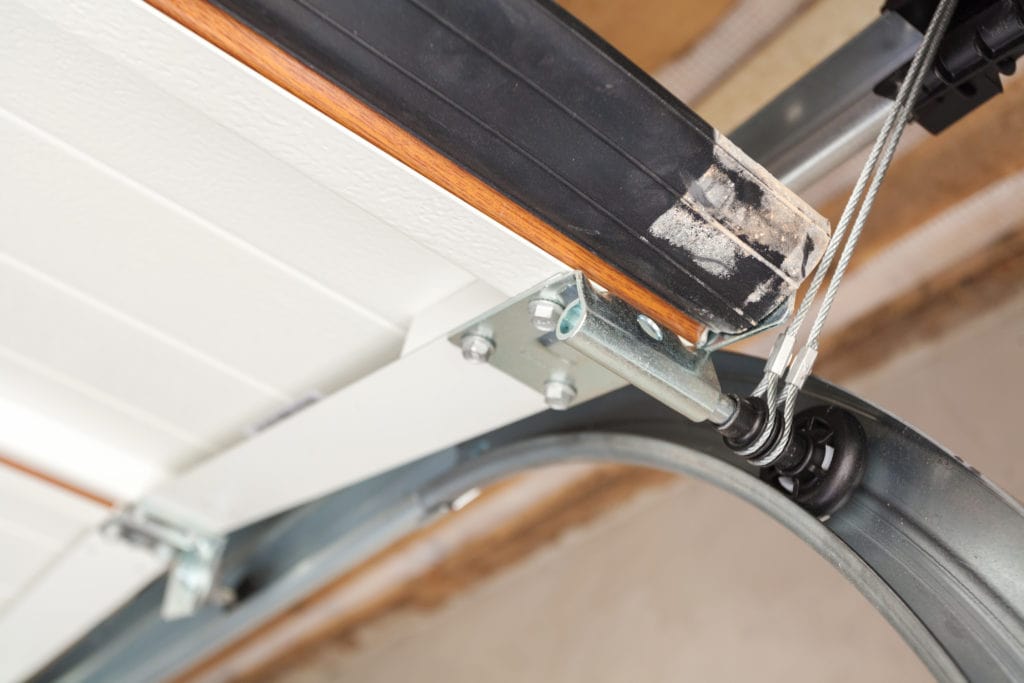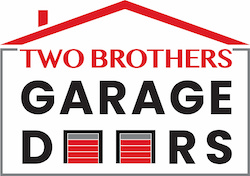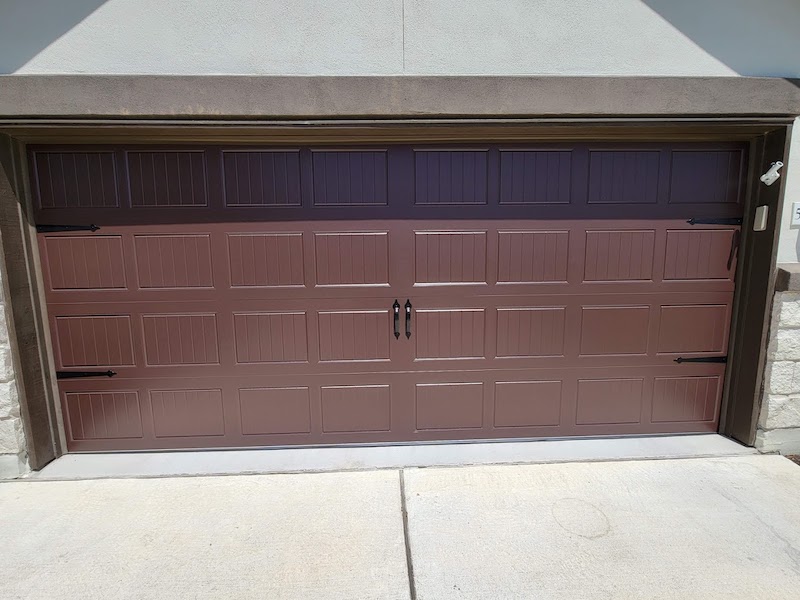
Garage Door Stuck: How to Get it Back On Track
Very few things are as frustrating to a homeowner as coming home to find your garage door stuck. The garage door is often taken for granted and vital to your home’s security. When your garage door fails, you can usually fix the problem yourself before calling in the professionals. In this detailed guide, we’ll discuss why your garage door is stuck, how to repair it, and when to call in the experts.
Safety First When Dealing with a Stuck Garage Door
Before troubleshooting a stuck garage door, it’s crucial to recognize the safety risks involved. Your safety and the safety of others should always be your top priority. If you’re uncomfortable or unsure about fixing it yourself, it’s better to err on the side of caution and hire a professional.
Common Reasons for A Stuck Garage Door
Ask any garage repair expert, and they’ll tell you that diagnosis is half the battle. A garage door can get stuck for multiple reasons, ranging from obstructions to malfunctioning parts. Understanding these common problems is a necessary first step.
Locked Garage Door
One of the most straightforward reasons for a stuck garage door is that it’s locked. Check to see if the door is locked before proceeding with the next steps.
Dysfunctional Garage Door Sensors
Modern garage doors are equipped with sensors that prevent the door from closing if it is obstructed. Check to see if these sensors are aligned or damaged.
Broken or Loose Cables, Tracks, or Rollers
The garage door’s cables, tracks, and rollers open and close. If any of these components break or become loose, they can prevent the door from closing or opening all the way.
Tracks or Rollers Need Lubrication

Dry or dirty rollers and tracks can prevent the garage door from moving. Regular lubrication can resolve this issue.
Bent Tracks
Bent tracks cause the rollers to be misaligned and will prevent the garage door from moving freely.
Broken Springs
Torsion or extension springs counterbalance the garage door’s weight. If one of these springs breaks, the door’s weight will no longer be properly supported and will stop moving.
How to Fix a Stuck Garage Door Yourself
For those comfortable with home repairs and basic tools, here’s a step-by-step guide to addressing some of the most common reasons for a stuck garage door.
Obstructed Tracks
The first thing to check is whether there’s anything physically blocking the tracks. Remove any obstructions and then test the door. Do not attempt to force the door open or closed if there is an obstruction, as this can cause additional damage.
Aligning the Tracks
Inspect the tracks for damage or misalignment. If they are merely off-track, gently push them back into place. Use a level to ensure the tracks are correctly aligned.
Garage Door is Locked
If the lock is engaged, follow the manufacturer’s instructions to disengage it manually. This is typically done by pulling a cord that hangs from the garage door opener.
Testing Sensors
Make sure the sensors are clean and properly aligned. A common test is to pass a broomstick through the door’s path to see if the sensors detect it and stop the door from closing. Adjust the sensors until the beam is unobstructed and the door operates smoothly.
Lubricating Moving Parts
Use a silicone-based lubricant to oil the rollers, tracks, hinges, and springs. This will reduce friction and allow the door to move more freely.
When to Call a Garage Door Expert
Some garage door issues are best left to the professionals. It’s time to pick up the phone if:
- The tracks are seriously damaged or completely bent.
- The garage door springs are visibly broken.
- The garage door opener is malfunctioning.
- Any repair requires handling the high-tension springs, which can be extremely dangerous.
Calling a garage door repair expert ensures that your garage door is repaired safely and correctly, and it can prevent further damage to your door or injury to yourself.
Garage Door Maintenance Tips
Routinely maintaining your garage can extend the life of your door and prevent many issues before they start.
Regular Inspections
Conduct regular visual inspections of your garage door system. Look for oddities like loose parts, damage to the tracks, or unusual sounds when the door is operating.
Tighten Loose Parts
Parts will become loose when opening and closing your garage door over time. Inspect and tighten anything that looks weak or shaky.
Lubrication
Keep the moving parts of your garage door well-lubricated to reduce wear and tear. For best results, use a silicone-based lubricant.
Keep Tracks Clear
Look for debris and anything that might be obstructing the door’s rollers and remove it.
Professional Check-ups
Have a professional inspect your garage door system once a year. They can often spot potential issues before they become problems.
Conclusion
A garage door must be maintained and repaired with care. We wrote this guide as a resource for those unexpected, frustrating moments when your garage door gets stuck. By understanding the common reasons behind stuck garage doors, how to address them, and when to seek professional help, you are better prepared to maintain your garage door. Remember, with the right approach, the solution is often within reach.



